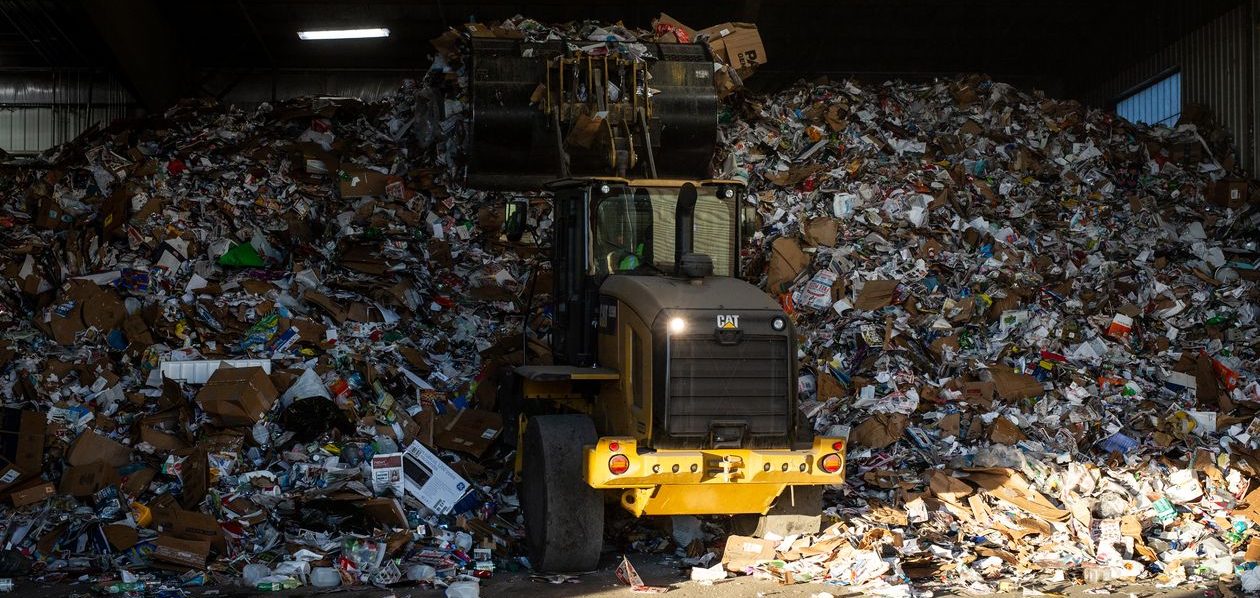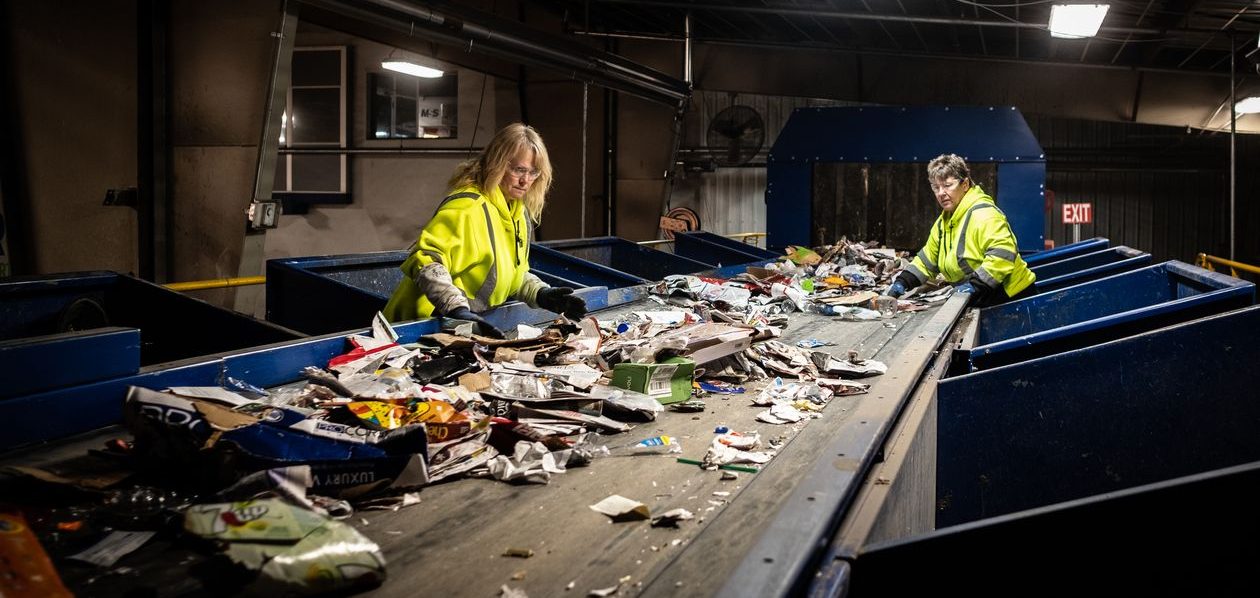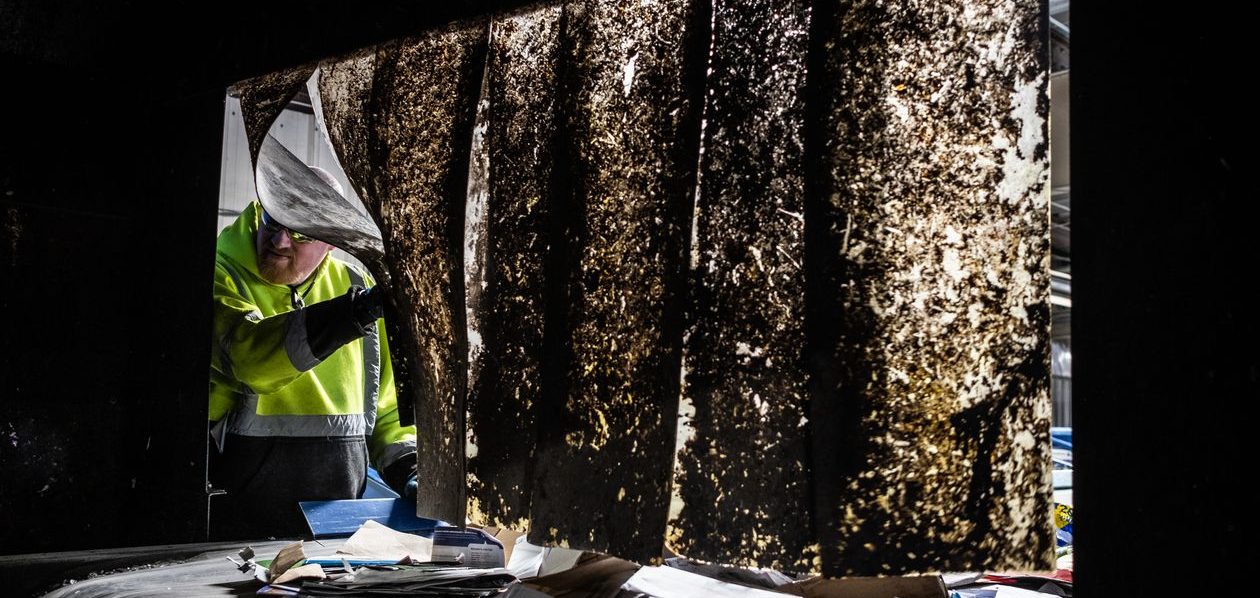Trash Talk

Here’s a brief, and hopefully final, update on my recent two posts about recycling. My overall conclusion remains the same; that whether recycling makes sense depends in large part on what you are attempting to recycle, and where you reside.
I have learned some new information, to include what has changed regarding the recycling infrastructure in America, what happens with recyclable materials where I live, and a few helpful hints that should make your area recycling center function more safely and efficiently.
When China banned importation of our recyclables in 2018, our existing domestic recycling infrastructure was overrun. Supply of recyclable materials exceeded the capacity of our existing facilities, so prices for recyclable materials plummeted, making domestic recycling economically challenging. Since then, we have seen some growth in our domestic recycling infrastructure, so prices for recyclable materials have risen, and recycling is more economically viable; again, depending on where you live.

As a reminder, there are four main categories of potentially recyclable materials; plastic, paper, metal, and glass. Depending on where you live, some or all of the materials might be worth recycling. In some locales, potentially none of them are.
Prices for paper have rebounded significantly since the China ban and the buildup of domestic recycling infrastructure. Interestingly, some of that recycled paper product is still being sent to China, as a more refined product, and is used to make boxes which will ultimately transport much of the stuff we consume.
Plastics #1-7 are recyclable, but #1 (PET) and #2 (HDPE) tend to be the most economically viable and compose the largest fraction of residential recyclable plastics. Don’t pay too much attention to the numbers, however, as they’re not always correct. If your plastic item has a recycle symbol on it, put it in, and let your area recycler sort it out.
Metal recycling remains economically viable, but is subject to the whims of market prices. Still, it makes good sense to attempt to recycle all metals.
Glass remains a problem, depending greatly upon locale. Like metal, glass is imminently recyclable but its weight is a problem as regards transportation costs compared to the value of the material.

As as a general rule, the recycling infrastructure in the Midwest was already more robust, and significant upgrades have been made to make area recycling even more efficient and economically viable, than in other areas of the country. See an article last year in the Wall Street Journal, which highlighted the excellent work at the Scott Area Recycling Center, located about an hour east of where I live, and also a report from the Manhattan Institute, which compares recycling efforts in select areas in the Northeast and California with Dallas.
I’m pleased to report that most of what we are putting in curbside bins and delivering to area drop-off centers in Iowa City and Coralville is being recycled. Our plastics, paper, and metal are being delivered to the Scott Area Recycling Center, reported in the Wall Street Journal article, and is being further processed through various nearby vendors.
Glass in Johnson County, or at least that which is ultimately delivered to the Landfill and Recycling Center of Iowa City, is being shipped to Ripple Glass in Kansas City, the glass recycling center whose development was supported by Boulevard Brewing, and which I mentioned in my last post.

Finally, a few recycling hints, some of which might be applicable only to where I live, but most are likely valuable everywhere. Don’t put batteries or electronics in your recycling bins. Many such items are recyclable, but can cause damage in recycling centers, and should be delivered to centers set up to handle them.
Leave caps on plastic bottles, as the small bits of plastic can be lost or jam up the sorting machines. Film plastic, which includes plastic bags from the grocery store and packing material in your boxes from China, should not be placed in your recycling bins, at least where I live. They generally can be delivered to area grocery stores, but I haven’t followed up with what happens to them after that.
And, don’t engage in “wishcycling”, which refers to putting non-recyclable stuff in recycling bins that we “wish” could be recycled. That leads to wasted costs and more work for the staff at recycling centers, and it will still end up as “trash”. So, if you’re not pretty certain the item can be recycled, it’s best to just put in the trash.
To repeat, location here is important. If there wasn’t already reasonably robust infrastructure in your area, or significant growth in the past few years, recycling might make less sense, due simply to the transportation costs of lugging your waste to a recycling center in another county or state. If you want to find out what’s up with recycling where you live, simply reach out to your area recycling, landfill, or waste management system. It can take a bit of work, but in my experience, everyone I talked to was delighted to be asked!
Next post will be about what this reporting taught me about how we’re doing politics wrong in America. Until then, stay happy and healthy!
Chris
WSJ: When Some Municipalities Stopped Recycling, This Iowa County Processed More
Manhattan Institute: The Declining Case for Municipal Recycling
Farmers’ Almanac: Which Plastics are Recyclable by Number?
Waste Management: The Dangers of “Wishcycling
Ripple Glass
Doc Peters: Is Recycling Even Real?
Doc Peters: Garbage In, Garbage Out
Special thanks for their input to this update go to Bryce Stalcup, Recycling Operations Manager, Waste Commission of Scott County; Jane Wilch, Recycling Coordinator, Iowa City Landfill and Recycling Center; Kathy Morris, Executive Director, Scott Area Landfill; Tony Knobbe and Ken Beck, Scotty County Supervisors and friends; Meghann Foster, Coralville City Council; and Martha Norbeck, C-Wise architect and friend.
